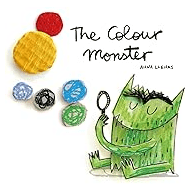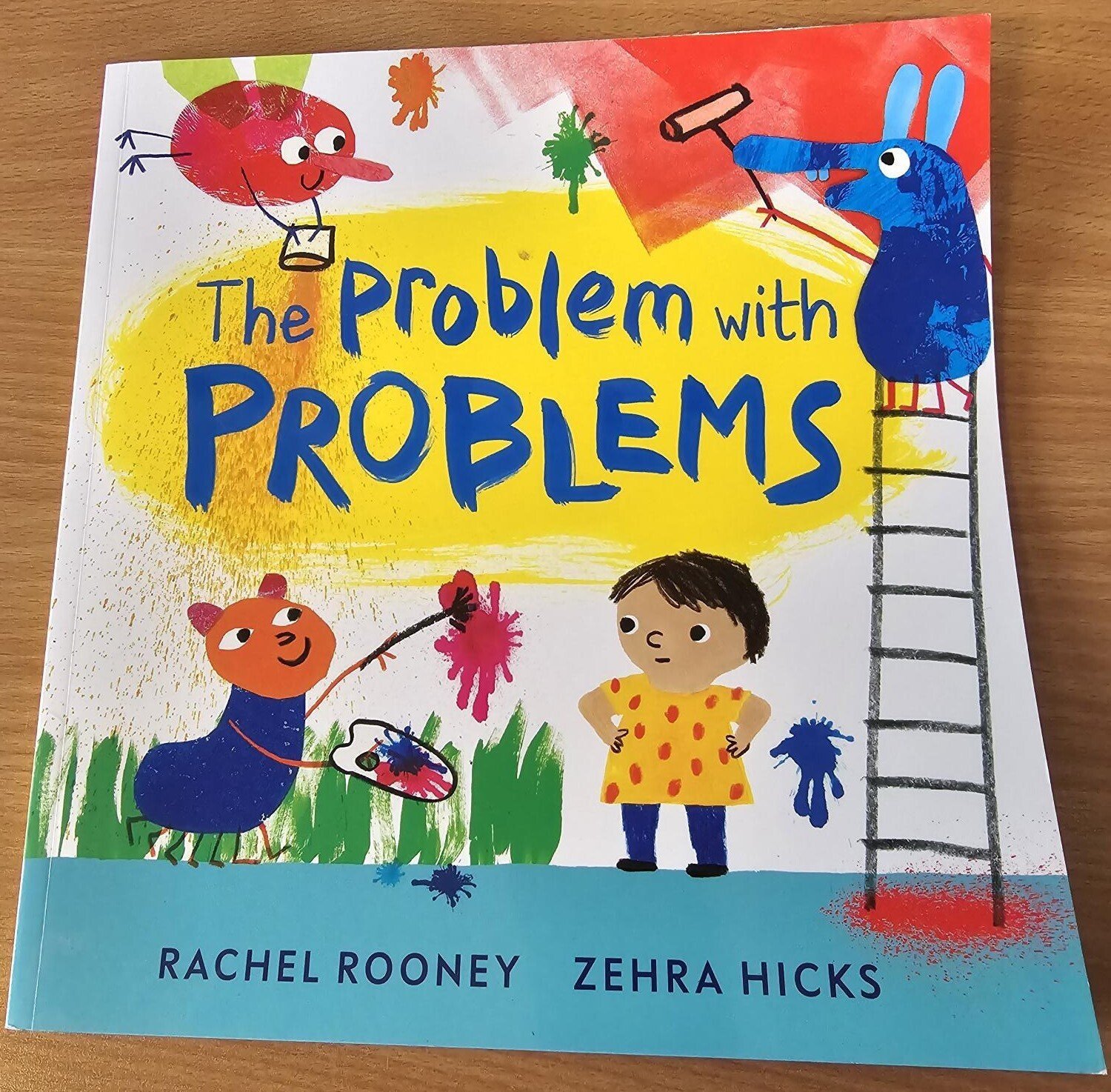The Zones of Regulation is a range of activities to help your child develop skills in the area of self-regulation. Self-regulation can go by many names, such as self-control, self-management and impulse control. It is defined as the best state of alertness of both the body and emotions for the specific situation. For example, when your child plays football, it is beneficial to have a higher state of alertness. However, that same state would not be appropriate in the classroom.
The Zones of Regulation is based around the use of four colours to help children self-identify how they’re feeling and categorise it based on colour. It also helps children better understand their emotions, sensory needs and thinking patterns. The children learn different strategies to cope and manage their emotions based on which colour zone they’re in. Additionally, the Zones of Regulation helps children to recognise their own triggers, learn to read facial expressions, develop problem-solving skills, and become more attuned to how their actions affect other people. We explain that there is no bad zone but the most comfortable zone to be in is the Green Zone.
Displays and resources are available in every classroom, in the hall, on the playground and in the main corridor.
Click on the word below the picture if you would like to download a copy of the posters POSTER POSTER
Books to use when talking about emotions




Using the Zones at home
Talk through the zones with your child. Ask them how they would feel in each zone?
- Discuss what emotion they feel in each zone e.g. in the yellow zone I may feel worried
- How they physically feel e.g. in yellow zone I may have butterflies in my stomach or have sweaty palms (if feeling anxious).
- Then discuss what might they be doing- what be their actions e.g. in yellow zone would they be pacing around, snapping at others, fidgeting?
- Then discuss how to help them move into the Green zone e.g. if I was in the Yellow zone and feeling anxious I might find competing some yoga stretches/ breathing techniques helps me get back into the green zone.
- Create a list of strategies that work for your child- Remind them that we are all unique and the strategies that work for one person might not help them so they need to think about what would help them.
Remind them that we will experience all zones and there are no good or bad zones- however our success in regulating our emotions depends on us recognising our emotion, understanding it and putting a support strategy in place.
Understanding the Zones
Click on an image below to find out more about each zone. Each page includes some suggested activities you could use at home.
The Blue Zone The Green Zone The Yellow Zone The Red Zone
Size of the Problem
We also support the children in developing their understanding about different problems requiring different levels of response.




































